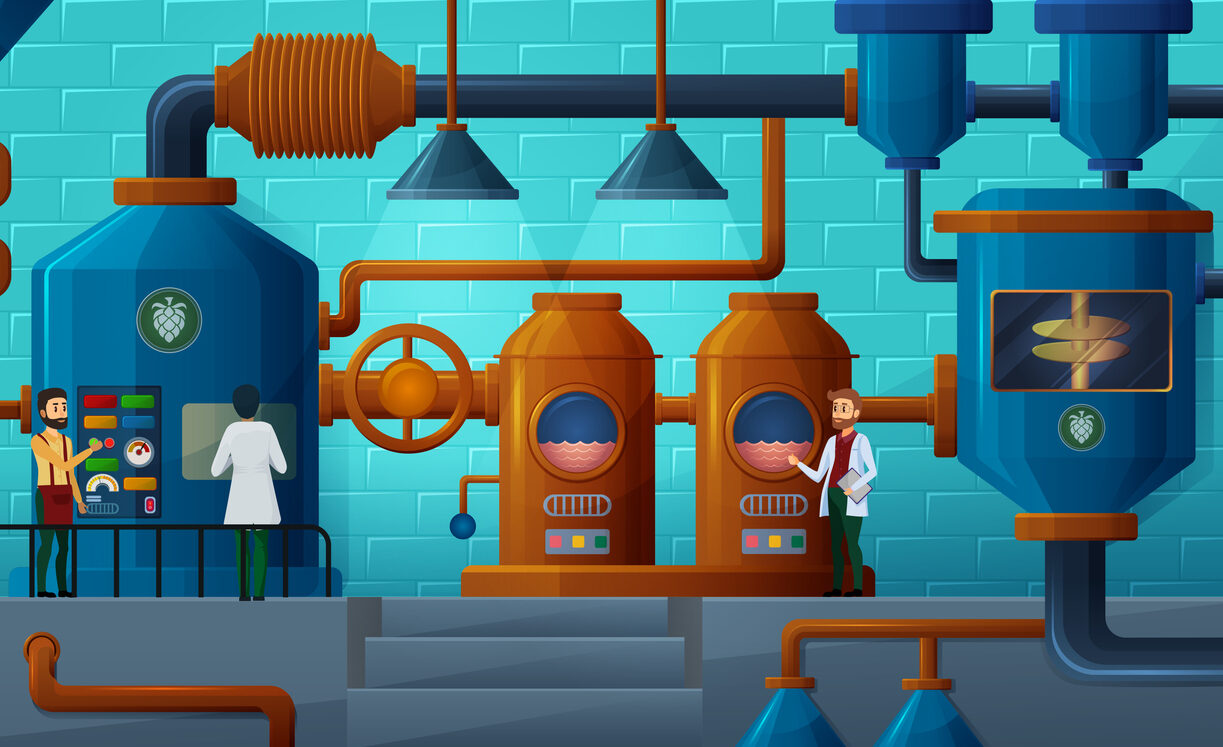The four most urgent alternative protein products
1. One of the most incredible food innovations of the last century was the printing of hilarious jokes on popsicle sticks. This game-changing move inspired our first product white space: chicken wings with jokes printed on the bones! Surely anyone who has ever walked down a grocery store freezer aisle has wondered why this genius idea hasn’t come to fruition yet. Today, there is hope. Along with its environmental, social, and ethical benefits, cultivated and plant-based meat technology opens the door to finally filling this gap in humerus chicken wing product offerings.
2. While reinventing meat is crucial, we also need to talk about the most significant and obvious gap in today’s dairy offerings. Despite its name being ripe for bear puns, camembert cheese is inexplicably made with cow’s milk. One can only assume that camembear made from precision fermentation-derived bear milk would be a vastly superior product.
3. Sometime last year, there was a photo going around social media of a hat with a small wrinkle in it. Like everyone else, my first thought was, Ha, that’s cute! It looks like it says, “You had meat coffee,” instead of, “You had me at coffee!” But then I thought about it some more, and I realized that I hadn’t had meat coffee, and that I was kind of mad about it. What is meat coffee? I have no idea! Maybe it’s broth made by using coffee plants to express the enzymes that create key chicken flavor compounds. Maybe it’s a steak grown from Wagyu beef cells engineered to produce caffeine. Either way, the real question is: What would Joey Tribbiani say about this? I think he would say, Meat? Good. Coffee? Good.

4. Finally, let’s talk about fish. While an excellent source of protein, omega-3 fatty acids, and other nutrients, conventional fish has one flaw that’s pretty hard to overlook: For whatever reason, it’s not shaped like Laurence Fishburne’s face. With cultivated fish, we can finally correct this error. To achieve the desired geometry in the final product, it will be crucial to develop scaffolds that sufficiently replicate the properties of the extracellular matrix.

Source link
Author Chelsea Montes de Oca





